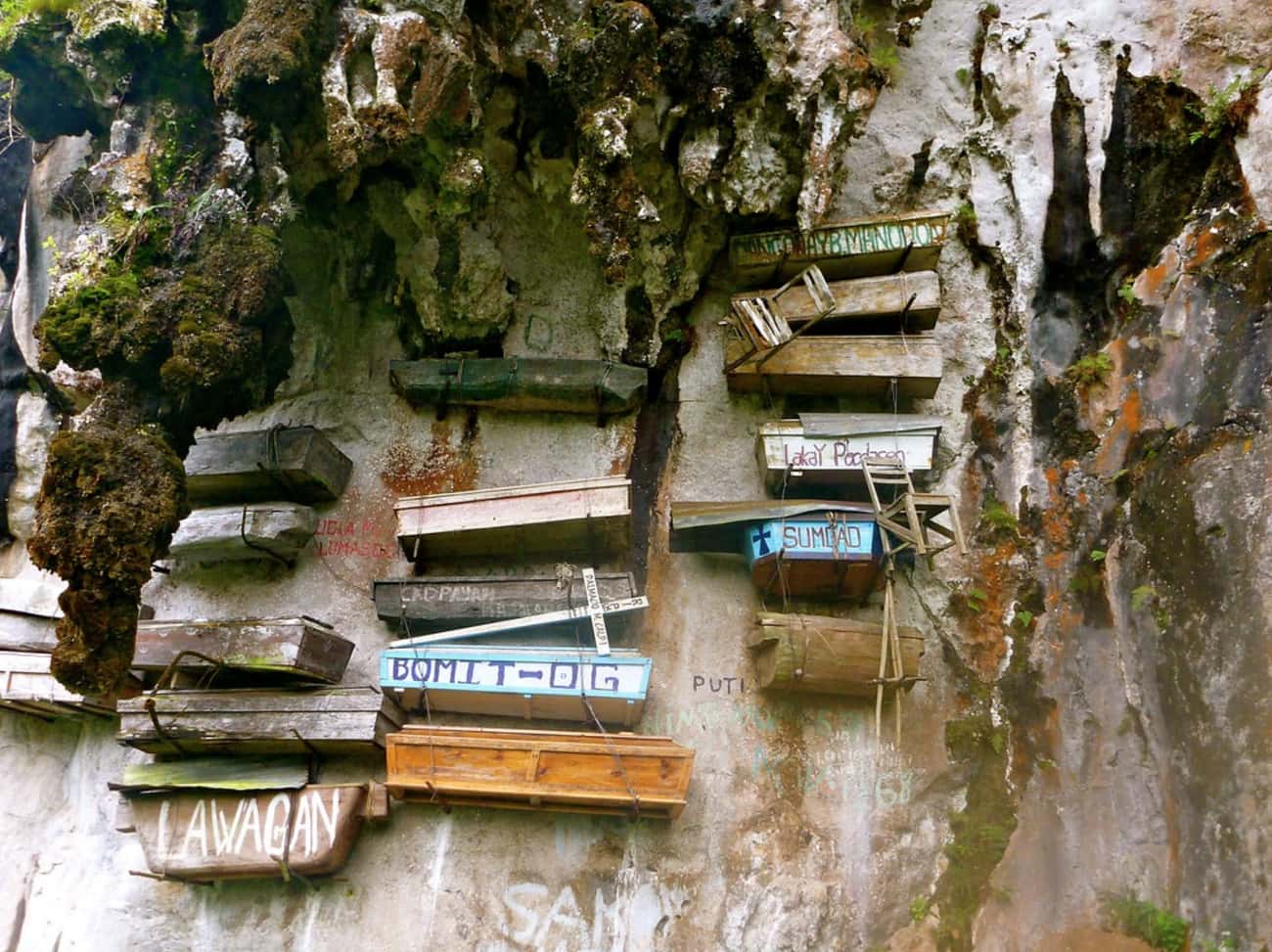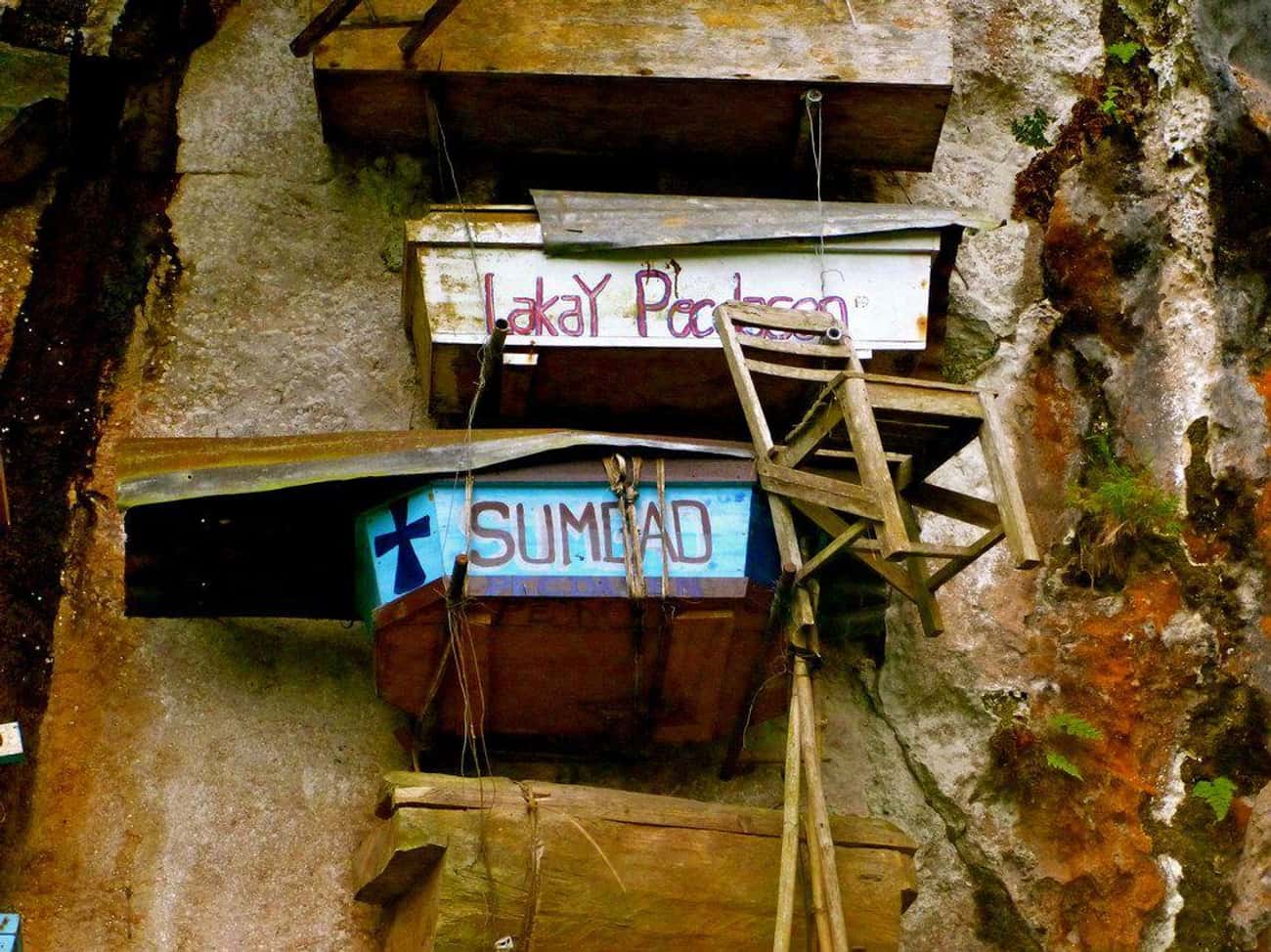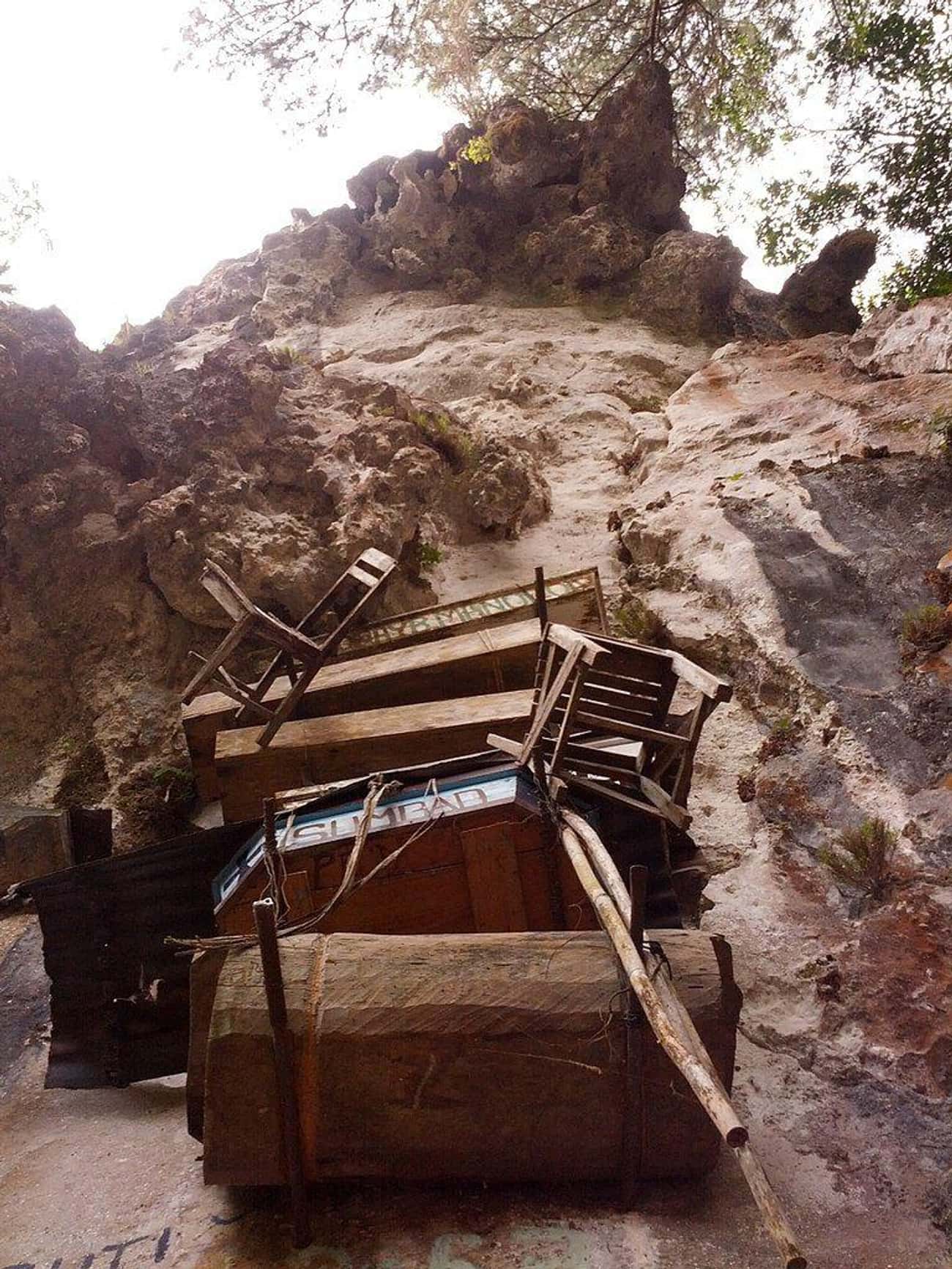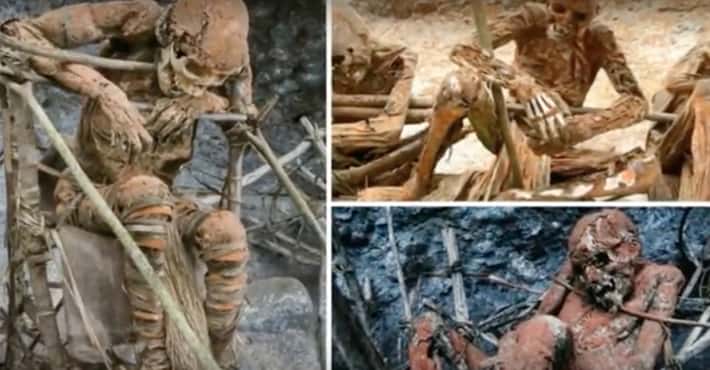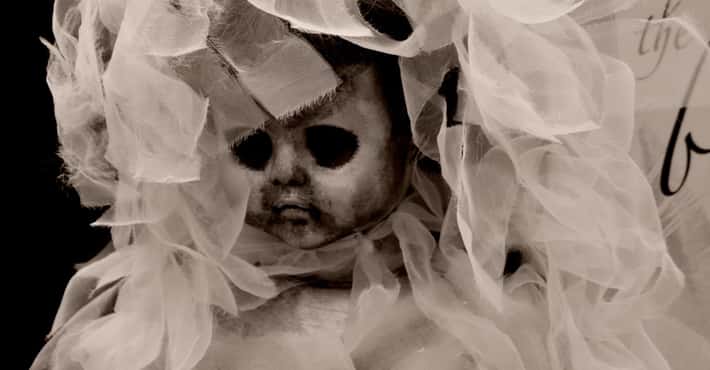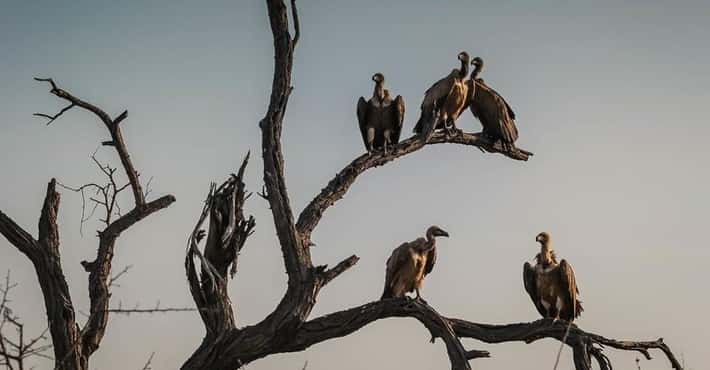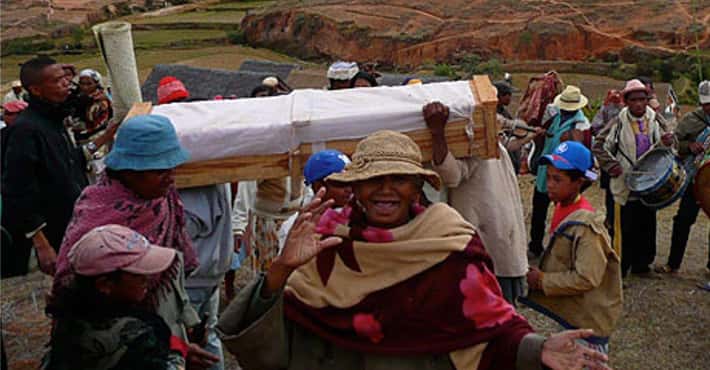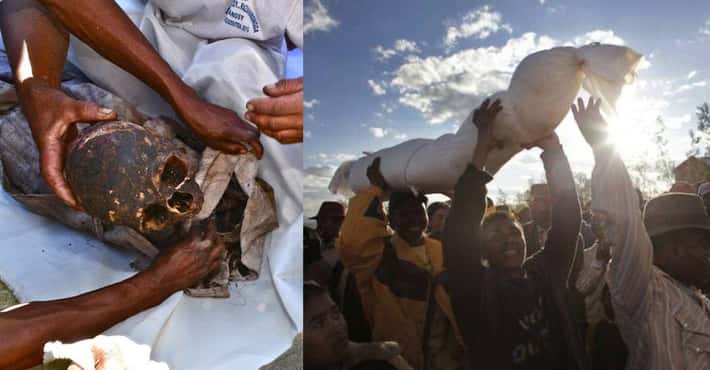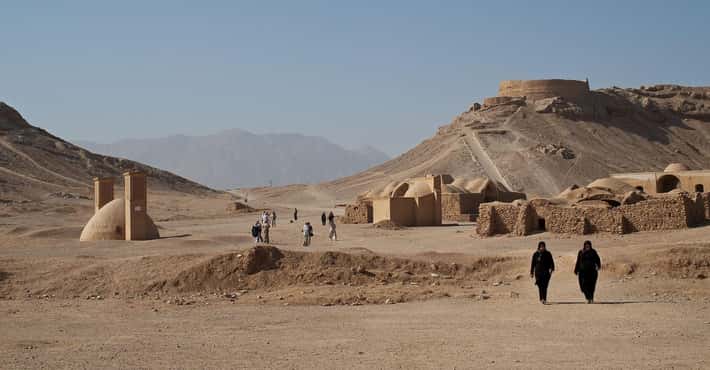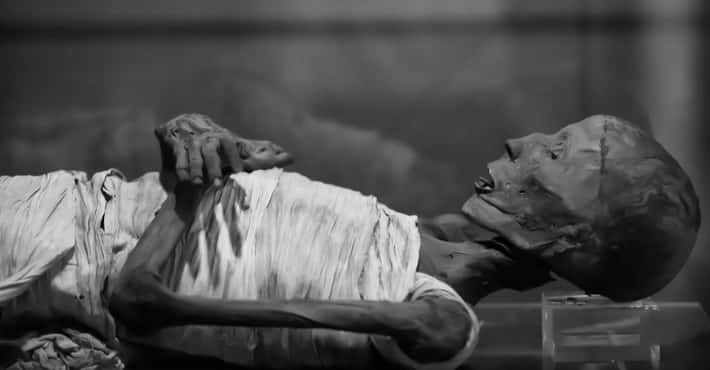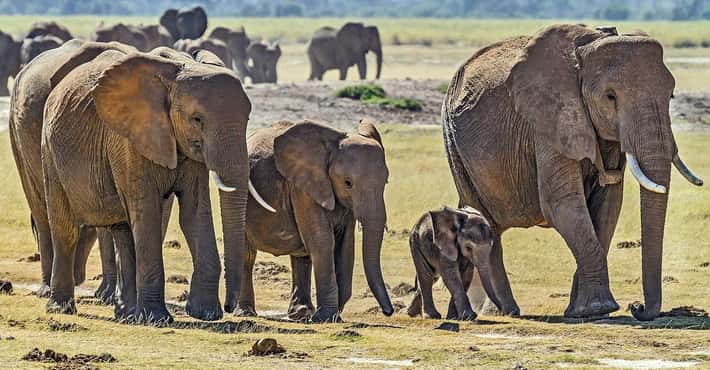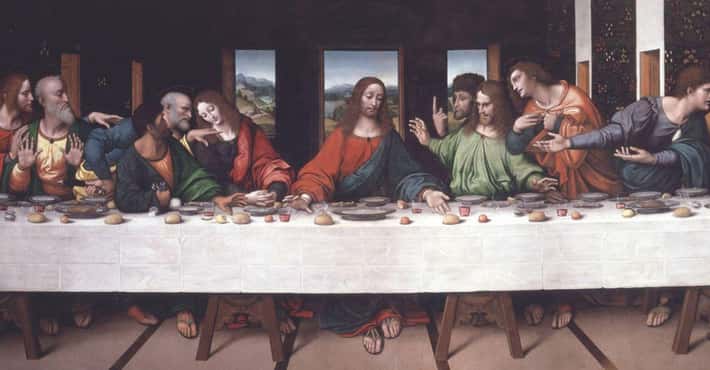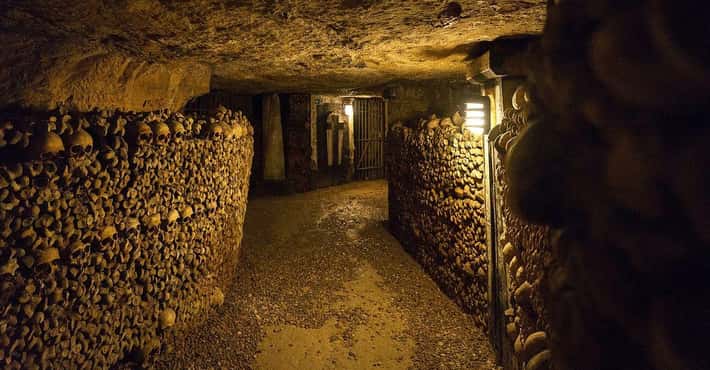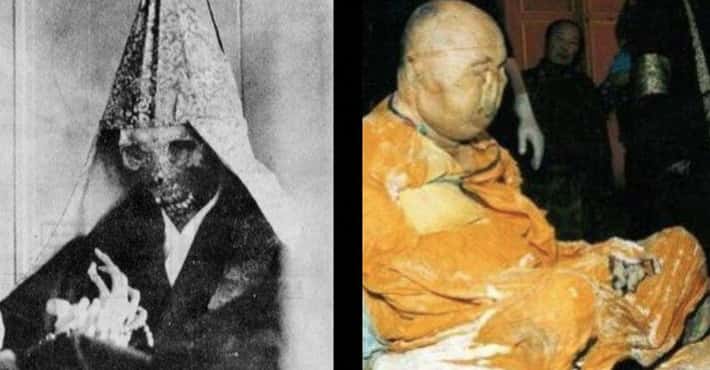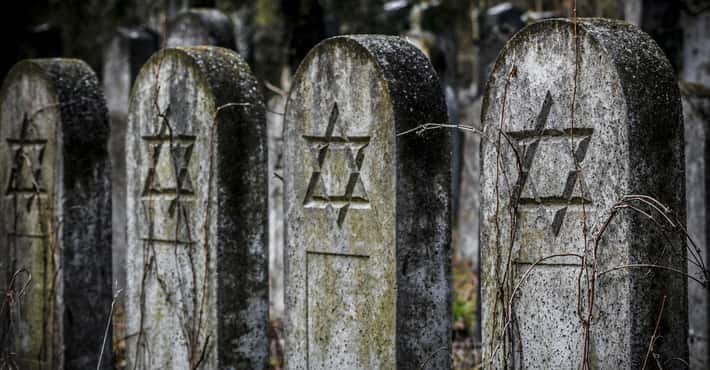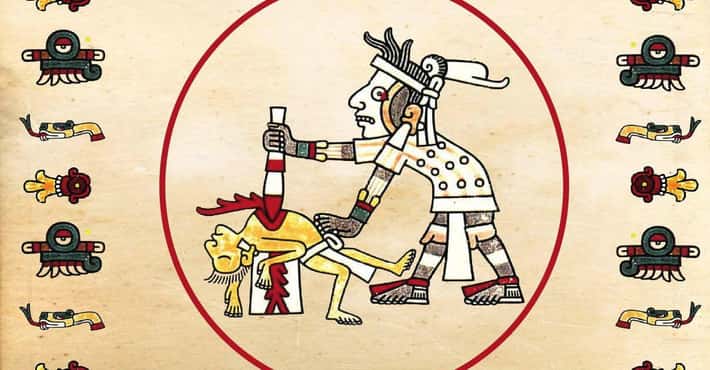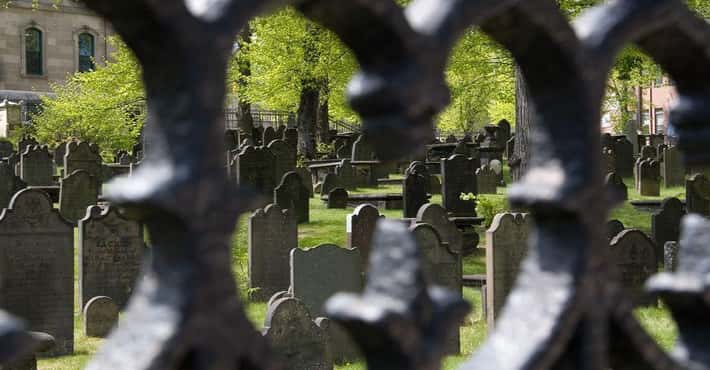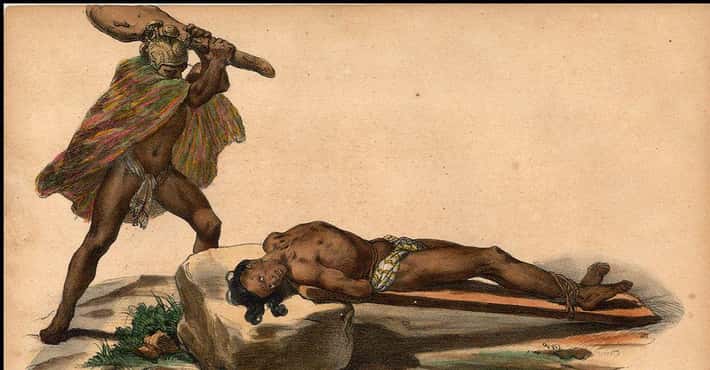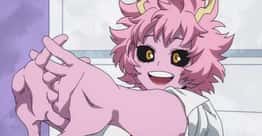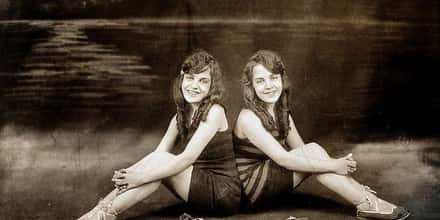7 Fascinating Facts About The Hanging Coffins Of The Philippines
Motivations For Coffin-Hanging Are Surprisingly Pragmatic
Photo: Rick McCharles / Flickr / CC-BY 2.0So, why do the Igorot traditionally hang coffins instead of burying them? Is it a spiritual thing? That's certainly part of it: India Sturgis with The Daily Mail reports that the custom "blessed the soul for eternity and provided quicker passage to heaven," and Kiki Deere with Rough Guides says that "moving the bodies of the dead higher up brings them closer to their ancestral spirits."
But when Deere asked retired schoolteacher Soledad Belingom about the practice, she said the hanging was also practical. The elderly Igorot, she explained, are afraid of rotting in the ground or having their corpse eaten by dogs. Hanging coffins prevents that. It's also a holdover from the days when enemies from neighboring villages would rob Igorot graves and take skulls for trophies.
There's A Story Behind Those Chairs
Photo: Rick McCharles / Flickr / CC-BY 2.0Tourists visiting the hanging coffins of Echo Valley - Lonely Planet calls them "Sagada's most popular attractions" - probably wonder what's going on with the wooden chairs strapped to the coffins. The chair is called a sangadil, or death chair, and it's an important step in the traditional Igorot burial process.
When you pass, your body is tied to the chair using rattan and vines. Once you're propped-up securely in the chair, you're covered with a blanket and you're placed in your house, facing the main door. Over the next several days, your relatives visit your corpse to pay their respects. In order to conceal the smell of the decay, the cadaver is smoked.
The Tiny Coffins Aren't For Babies
Photo: Juliethepearl / Wikimedia Commons / CC-BY-SA 4.0Traditionally, you're buried in the fetal position, so you can "depart the same way [you] entered the world." In order to fit a full-sized adult in a coffin just over three feet long, relatives have to break the bones of the deceased.
So, what's up with the longer coffins? These days, many Igorots are "afraid to break the bones of their loved ones," according to an elder interviewed in 2014, so "very few" choose to go 100% traditional with the burial ritual.
A Specific Ritual Happens On The Way To The Cliff
Photo: Dr. Rainer Neu / Wikimedia Commons / CC-BY-SA 3.0Once your bones are broken into the fetal position, your corpse is "wrapped like a basketball" with another blanket and rattan and carried to the cliff. Traditionally, a small coffin that you carved yourself out of a hollowed-out log before you passed is waiting for you, just like the one pictured.
On the way to the coffin, mourners swarm your broken body, hoping to get some blood on their hands. The blood is thought to bring success and "pass on the skills of the deceased."
'Three Or Five' Animals Also Have To Die
Traditionally, when you pass in the Igorot community, animals are butchered for "community celebrations" before your body is broken into the fetal position and placed in a coffin for hanging on the distant cliffs. Strict tradition dictates that it's three pigs and two chickens, but exceptions are made for the poor.
Regardless, the number of animals slaughtered is "always three or five." Poor families often opt for two chickens and one pig.
Sometimes, The Coffins Fall
Photo: Jungarcia888 / Wikimedia Commons / CC-BY-SA 3.0After the community celebrates and mourns, young men from the village scale the cliff to hammer in the supporting mechanisms that hold your coffin in place. The coffins are "either tied or nailed" onto the cliffs after your broken body is wrapped with vines and placed inside.
Some of the oldest coffins (pictured) are prone to falling and exposing the bones to tourists.
It's A 'Dying' Tradition
Photo: Rick McChalres / Flickr / CC-BY 2.0The Philippines is a profoundly Christian place - the fourth "most Christian" place on the planet - so the practice of hanging coffins is a dying tradition.
Igorot elder Soledad Belingom told Rough Guides in 2014 that these days, Igorot children "want to remember their grandparents, but they prefer to bury them in the cemetery and visit their tombs on All Saints Day." The ancient ritual makes it pretty tough to visit the deceased, after all, as Belingom notes: "You can’t climb and visit the hanging coffins."


